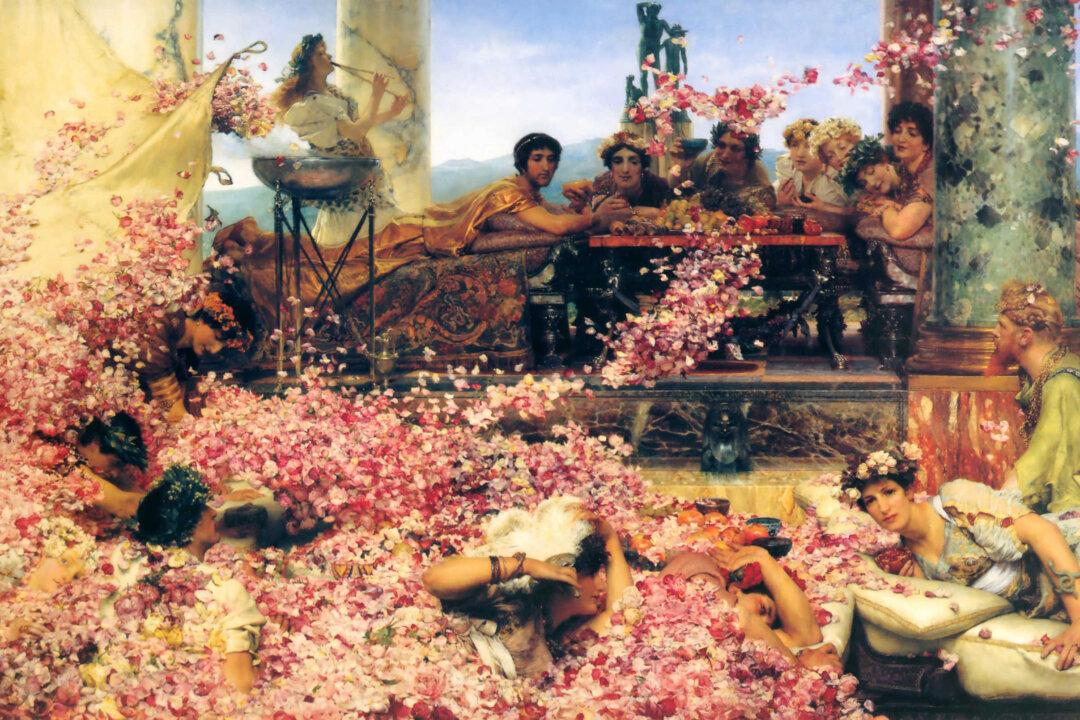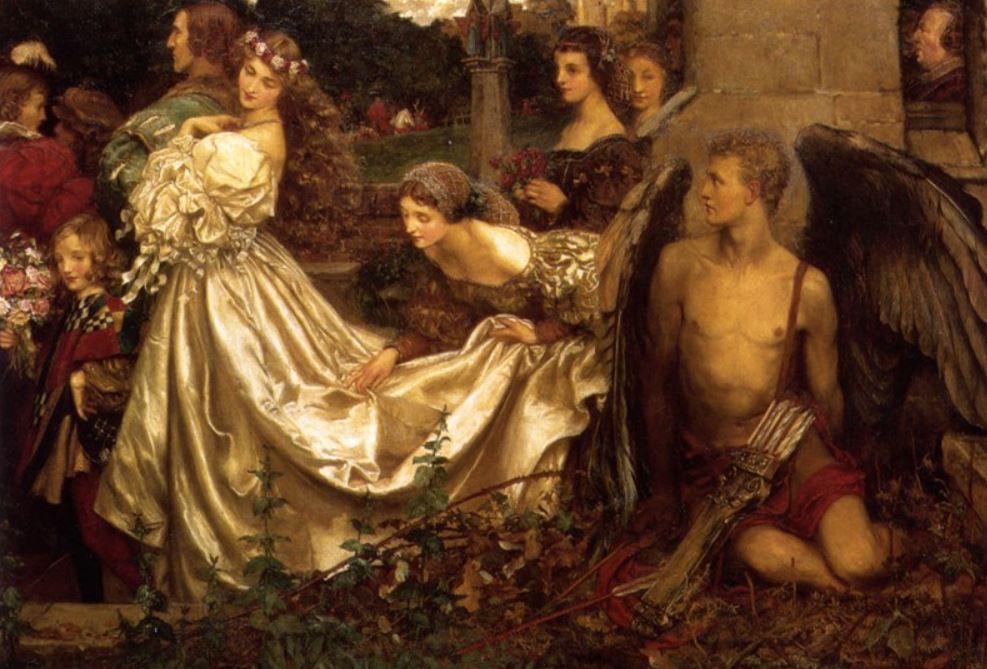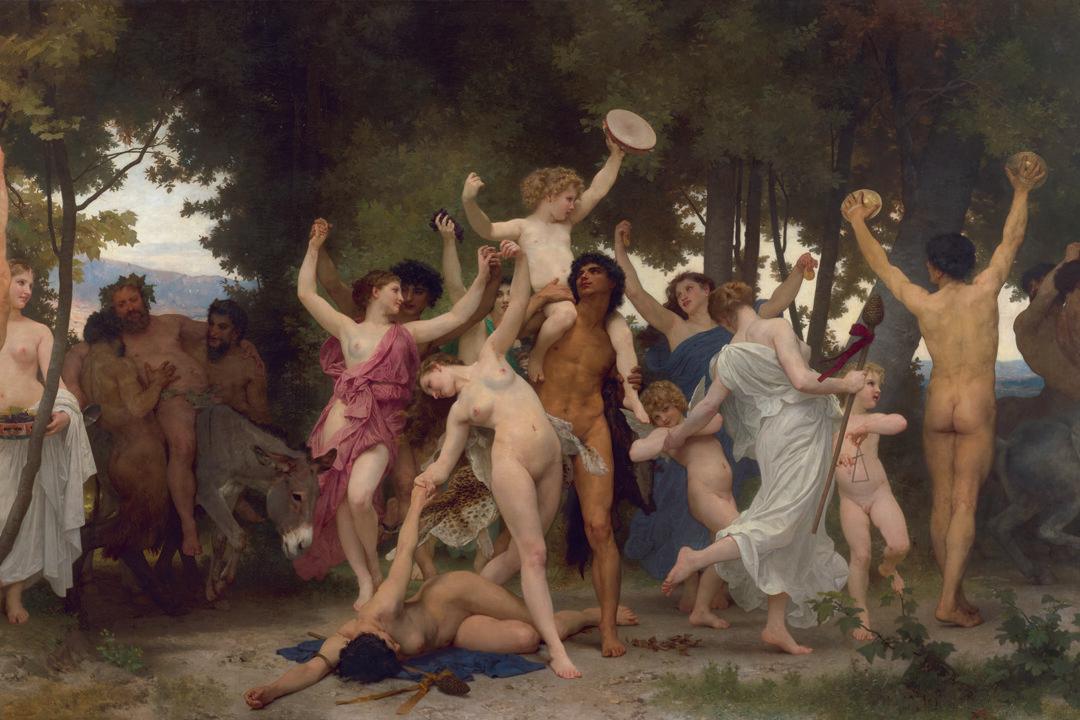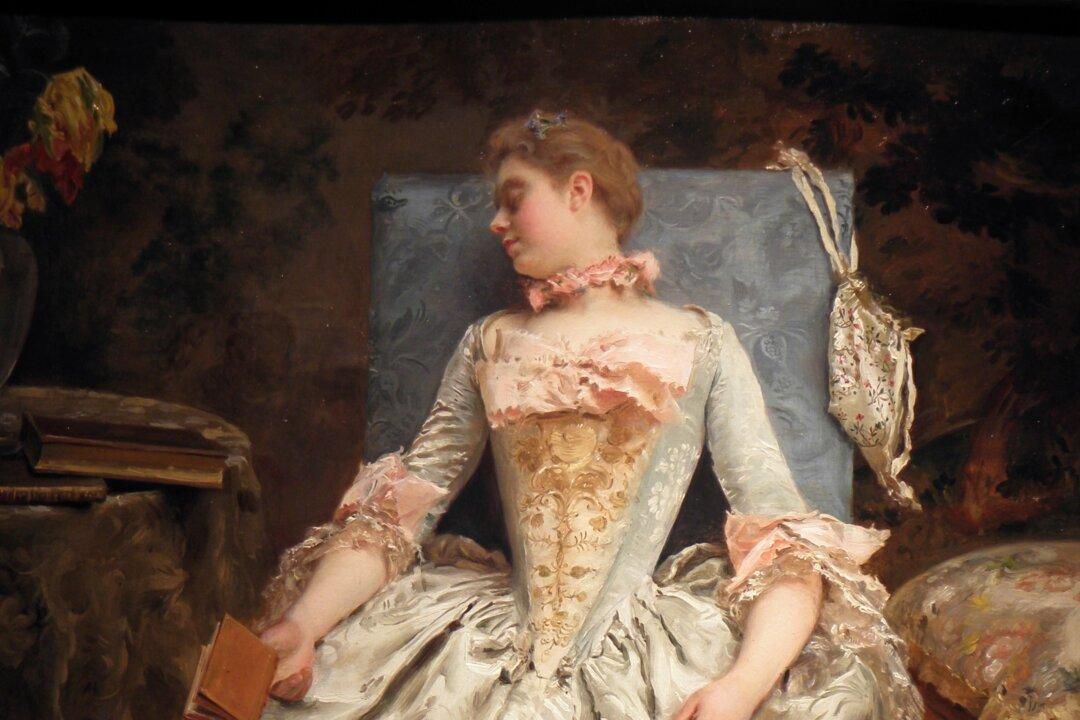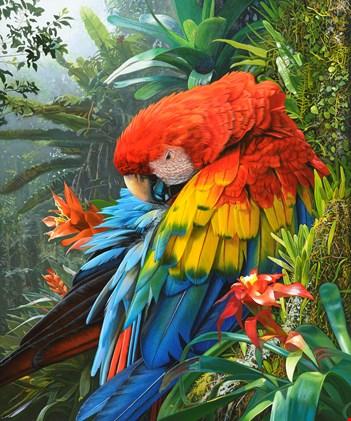It is not possible to understand 19th century art without looking at the types of paintings exhibited at the Paris Salons in France and the Royal Academy Exhibitions in England.
The main form of art being produced by artists in the 19th century has, in the period since World War II, been grouped together as Academic (meaning from the Academy Schools like the Royal Academy Schools in England and Academy Julian in France), even though in their own day they thought of themselves differently and divided themselves into many movements that will be discussed in this series.
These academic works were by far the vast majority of what was being done at the time since, with very few exceptions, career artists studied at academy schools and/or ateliers that taught the skill-based techniques utilized in these types of paintings. They were codifying the ideas of freedom and liberty that emerged in the 18th century and in many cases were expressing freedom of speech, exposing the plight of the poor to call for social reform, venerating the lower classes, and in general, a love of humanity and the common man.

